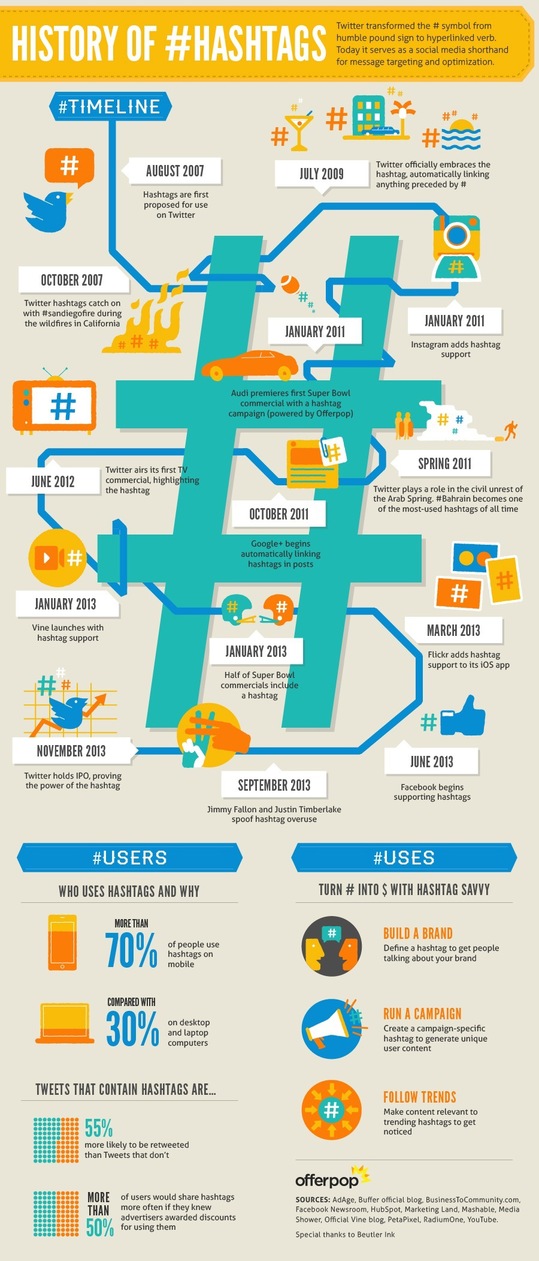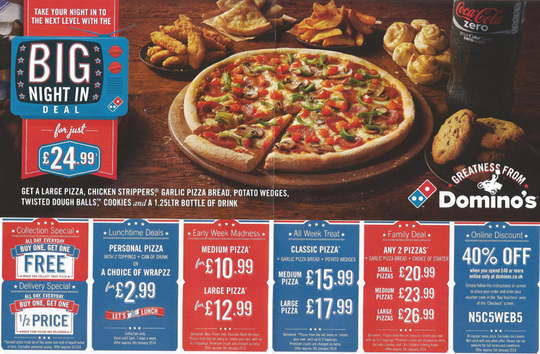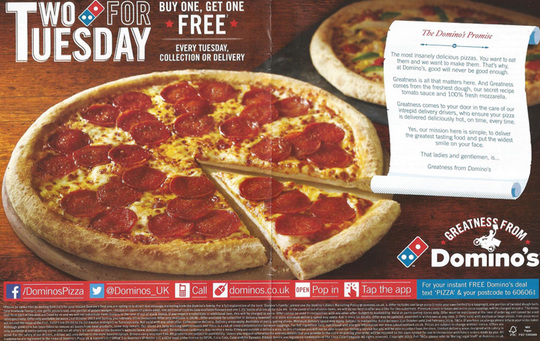I have been called the Franchise PR Guru for many years mostly because I am the oldest person in franchise PR. But thanks for the flattery friends. So if I feel that the title justifies judging the best PR/Marketing campaigns of 2013, oh well you'll just have to grin and bear it.
I am positive I am not alone in my picks though. What makes a great campaign varies so much. However, in the end, it's all about one thing and one thing only. Do you remember the brand behind the campaign and do you like it a whole lot more now?
This is totally subjective, I realize that. But I am going to choose and place in order based upon my personal favorites.
#1 GoPro Camera: Try disliking this company when you see this video, Fireman Saves Kitten- https://www.youtube.com/watch?v=CjB_oVeq8Lo which of course, has had 1,437,054 hits so far. You not only want to buy the camera for everyone on your Christmas list, you want to marry a fireman. By giving out their cameras to policeman, fireman, doctors and others, the company's Be a Hero social media campaign could not miss.
#2 West Jet : is a Canadian low-cost carrier that provides scheduled and charter air service to 88 destinations in Canada, the United States, Europe, Mexico, Central America and the Caribbean. With 9,600 employees and an internal PR team this small airline pulled off, in my opinion, an amazing PR campaign for a company of its size.
One of the biggest obstacles for PR people is getting the client to agree to spend a certain amount of dollars for great coverage that will bring them many more dollars. It doesn't always succeed; there are risks, so it is a tough sell.
I love Undercover Boss, but I know many participants who did not recover the $250,000 they were required to spend.
However the West Jet PR team came up with the clever idea of choosing a cross country flight and having an employee asking boarding passengers "What do you want for Christmas?"
By the time the passengers arrived 4 hours later at their destination, their wrapped gifts were being dropped down the baggage conveyor belt.
The looks on passengers' faces were priceless (that's the point-you can't BUY that reaction) and of course were captured by TV stations that had been alerted and were on the scene to film. These days it's tough to get media to show up with such downsized crews so you can film these types of events yourself professionally and send the film to stations.
#3 Oreo Super Bowl Tweet: During the Super Bowl blackout in January, Oreo's crackerjack social media team tweeted an image of their cookie with a gray background and a few words--"You can still dunk in the dark." So clever was it that it went viral in hours. Oreo now averages 600 new followers on twitter daily. They have 231,505 followers - yesterday they gained 931 more. Oreo, owned by Nabisco, is the best selling cookie in the US. They have sold 362 billion since 1912. (Source: Wikipedia)
#4 Chipotle Scarecrow Video: The Company produced an online animated video that really was a short story about our society and the cold manufacturing process. Included was a frame of a chicken being injected and plumped up. This is a huge target for the millennials who mistrust ads and self promotion. Cleverest of all is that Chipotle is only mentioned once in the entire video.
#5 Here's my big DON'T. Applebee's Firing of Waitress. Worst PR (aside from Obamacare website rollout which has a lot of skewed media working against it)
This was one of the most mishandled PR situations of 2013. A waitress at Applebee's in St. Louis posted a receipt after a pastor left a note on it saying "I give God 10% why would I give you 18%? This was an added gratuity which is the policy for parties of over six people. The waitress was promptly fired for posting a copy of the receipt on her Facebook page, wherein many people took to posting nasty things on Applebee's corporate page.
Applebee's strategy was to argue back with the posters, and then eventually delete nasty comments and block those posting them. Not good!
I hope these are some lessons learned for your 2014 PR plans. And this Franchise PR Guru wishes you a very prosperous and healthy new year.




